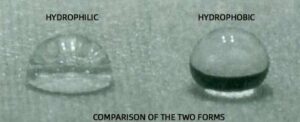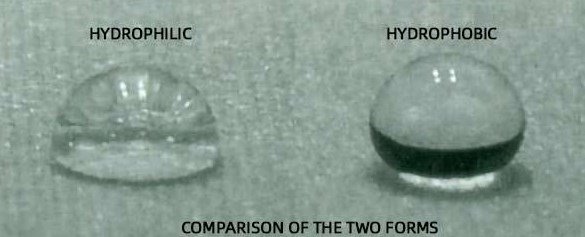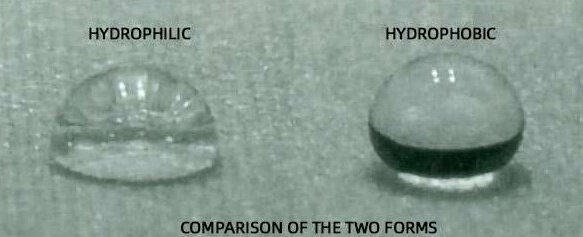Polytetrafluoroethylene (PTFE), commonly known as Teflon, is a synthetic fluoropolymer that has many unique properties, one of which is its hydrophobicity. PTFE is known for its excellent resistance to water, making it an ideal material for various applications where water repellency is required.
So why is PTFE hydrophobic? The answer lies in its molecular structure. PTFE has a high electronegativity, which means that the electrons in the molecule are more strongly attracted to the fluorine atoms than to the carbon atoms. This creates a strong electronegative charge at the surface of the PTFE molecule, which repels water molecules that have a positive charge.
Furthermore, the carbon-fluorine bonds in PTFE are extremely strong and non-polar, which means that they do not easily react with water molecules. This, combined with the low surface energy of PTFE, makes it difficult for water molecules to adhere to the surface of the material.
PTFE’s hydrophobic properties make it an ideal material for use in applications where contact with water or other liquids is inevitable. For example, it is commonly used in coatings for cookware and bakeware to prevent food from sticking, as well as in medical equipment to prevent the growth of bacteria and other microorganisms.
In addition to its hydrophobicity, PTFE also has excellent thermal and chemical resistance, making it a versatile material that can withstand extreme conditions. It is also non-toxic and has a low coefficient of friction, making it an ideal material for use in machinery and equipment.
Here are some common products that use PTFE:
1. Non-stick coatings: PTFE’s hydrophobicity and low surface energy make it ideal for non-stick coatings, such as those used on kitchen utensils such as bakeware, frying pans, utensils and grills.
2. Sealing material: PTFE can be used as sealing material, such as sealing ring, gasket, pipeline lining, etc., due to its resistance to chemical corrosion and extremely high temperature.
3. Cable insulation material: PTFE can withstand high temperature and pressure, so it is often used as cable insulation material.
4. Medical devices: PTFE does not cause allergic reactions and has an inhibitory effect on bacteria, so it can be used to manufacture medical devices such as catheters, heart stents, etc.
5. Auto parts: PTFE can be used in the manufacture of auto parts, such as brakes and clutches.
In conclusion, PTFE’s hydrophobicity is due to its unique molecular structure, which creates a strong negative charge at the surface of the molecule and makes it difficult for water molecules to adhere to the surface of the material. This property, combined with its other unique properties, makes PTFE a valuable material for use in a wide range of applications.





